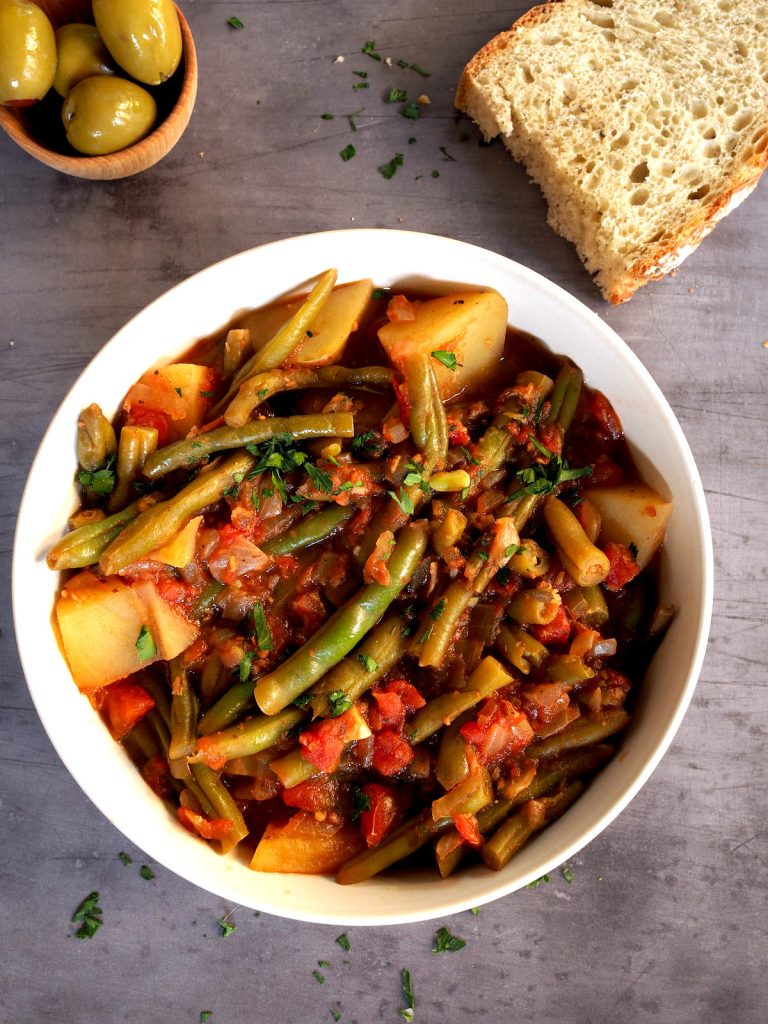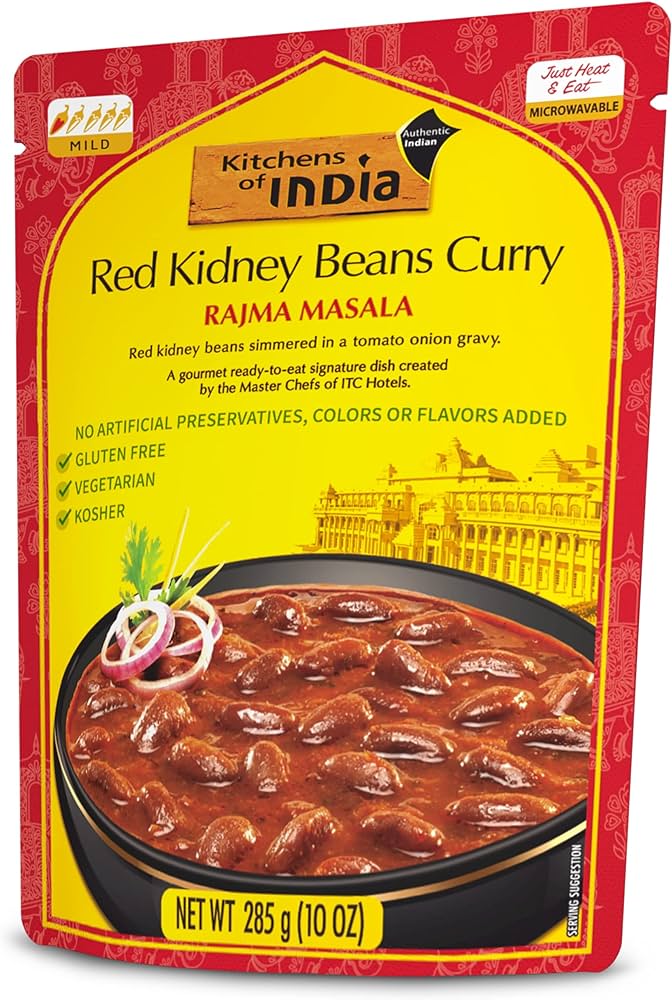Walnut Pesto Recipes: Discover the Delicious and Nutritious World
Walnut pesto is a flavorful sauce made by blending walnuts with other key ingredients. Unlike traditional basil pesto, walnut pesto has a richer, earthier taste. You can use it as a spread for sandwiches, a topping for pasta, or even a dip for vegetables.
- Walnuts: The main component, providing a nutty flavor and creamy texture. Walnuts are packed with healthy fats and antioxidants.
- Garlic: Adds a pungent and aromatic element. Use fresh garlic cloves for the best flavor.
- Parmesan Cheese: Gives the pesto a savory depth. Opt for freshly grated Parmesan for the highest quality.
- Olive Oil: Binds the ingredients together and adds a smooth consistency. Extra virgin olive oil is recommended for its superior taste and health benefits.
- Lemon Juice: Provides a hint of acidity. Freshly squeezed lemon juice is preferable to enhance the flavors.
- Salt and Pepper: Season to taste. These simple seasonings balance the flavors and enhance the overall taste of the pesto.
These ingredients combined create a rich, nutty, and versatile sauce.
Culinary Uses of Walnut Pesto
Incorporating Walnut Pesto into Pasta Dishes
Walnut pesto transforms simple pasta dishes into gourmet meals. Toss it with spaghetti or linguine to create a rich, nutty flavor. Combine with roasted vegetables like cherry tomatoes and bell peppers for added dimension. For a creamy texture, stir in heavy cream or ricotta cheese. Use whole grain or gluten-free pasta for a nutritious twist.
Using Walnut Pesto as a Spread
Spread walnut pesto on sandwiches and toast to enhance flavor. Use it as a base on your favorite bread, then layer with turkey, tomatoes, and arugula for a delectable sandwich. Add it to bruschetta or crostini, topped with fresh mozzarella and a drizzle of balsamic glaze. Walnut pesto pairs well with crackers for an easy appetizer.
Walnut Pesto in Salads and Dressings
Incorporate walnut pesto into salads for a nutty, flavorful twist. Toss with mixed greens, cherry tomatoes, cucumber, and feta cheese. Use it to make a robust dressing; mix a few tablespoons of walnut pesto with olive oil, vinegar, and lemon juice. Drizzle it over quinoa or couscous salads for an extra layer of taste.
By providing detailed information about how to incorporate walnut pesto into pasta dishes, use it as a spread, and add it to salads and dressings, you can make the most of its versatile flavor and enhance a variety of dishes.
Health Benefits of Walnut Pesto
Nutritional Value of Walnuts
Walnuts, the primary ingredient in walnut pesto, offer numerous health benefits. They are an excellent source of healthy fats, including omega-3 fatty acids, which support heart health by reducing inflammation and improving cholesterol levels. Walnuts also contain protein, contributing to muscle repair and growth. Moreover, they are rich in antioxidants, such as vitamin E, which help combat oxidative stress and protect cells from damage. Including walnuts in your diet can enhance brain function due to their high content of polyunsaturated fats and polyphenolic compounds, which improve cognitive performance.
Benefits of Fresh Herbs and Olive Oil
Fresh herbs like basil, parsley, or cilantro, often found in walnut pesto, provide essential vitamins and minerals. These herbs are rich in vitamin K, which supports blood clotting and bone health. They also contain antioxidants and antimicrobial properties, boosting your immune system and helping fight infections. Another central ingredient, olive oil, is packed with monounsaturated fats, which can lower bad cholesterol levels and reduce the risk of heart disease. Olive oil also contains powerful antioxidants, like oleocanthal, that have anti-inflammatory properties and can protect against chronic diseases. Using fresh herbs and olive oil in walnut pesto contributes significantly to its nutritional profile, enhancing both flavor and health benefits.
DIY Walnut Pesto Recipes
Classic Walnut Pesto Recipe
Create a classic walnut pesto with just a few ingredients. Combine 1 cup of walnuts, 2 cups of fresh basil leaves, 1/2 cup of grated Parmesan cheese, 3 cloves of garlic, 1/2 cup of olive oil, and the juice of one lemon. Add salt and pepper to taste. Process the mixture in a food processor until smooth. If the pesto is too thick, add more olive oil gradually.
Vegan Walnut Pesto Alternative
Prepare a vegan option by replacing Parmesan cheese with nutritional yeast. Use 1 cup of walnuts, 2 cups of fresh basil leaves, 5 tablespoons of nutritional yeast, 3 cloves of garlic, 1/2 cup of olive oil, and the juice of one lemon. Add salt and pepper to taste. Process everything in a food processor until smooth. Adjust the olive oil to achieve the desired consistency.
Storing and Preserving Walnut Pesto
Best Practices for Longevity
To ensure walnut pesto stays fresh, store it in airtight containers. Glass jars work best due to their non-reactive nature. Before sealing, add a thin layer of olive oil on top to prevent oxidation. This extra step helps maintain color and flavor. For optimal storage, keep the containers in the refrigerator. Always label the jars with the preparation date to track freshness.
Freezing vs. Refrigerating
Refrigerating walnut pesto keeps it fresh for up to one week. If you need longer storage, freezing is more effective. Freeze portions in ice cube trays for easy usage. Once frozen, transfer the cubes to a freezer-safe bag. Label the bag with the date. Frozen pesto maintains quality for up to six months. Always thaw frozen pesto in the refrigerator for the best texture and taste.
Conclusion
Walnut pesto offers a delicious and nutritious twist on traditional pesto, bringing a unique flavor to your culinary repertoire. Its simple preparation and versatile use make it a must-have in your kitchen. Whether you opt for the classic recipe or the vegan alternative, you’ll find that walnut pesto enhances a variety of dishes, from sandwiches to pasta to vegetable dips.
Storing your walnut pesto properly ensures it remains fresh and flavorful, whether refrigerated for short-term use or frozen for up to six months. Embrace the rich, nutty taste of walnut pesto and elevate your meals with this adaptable and easy-to-make sauce.






